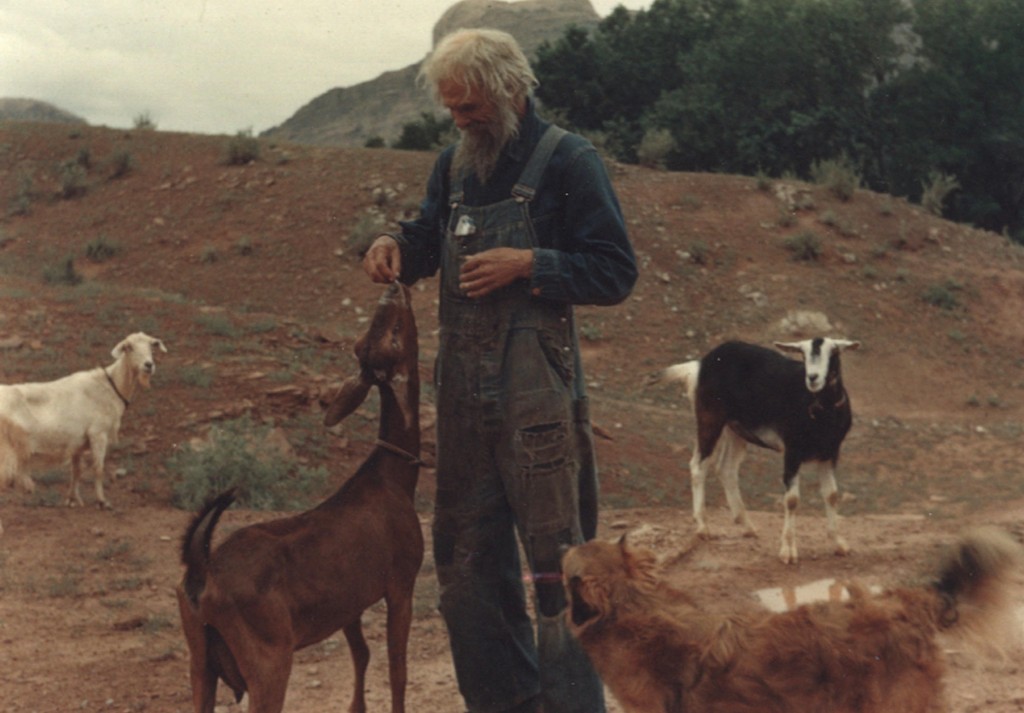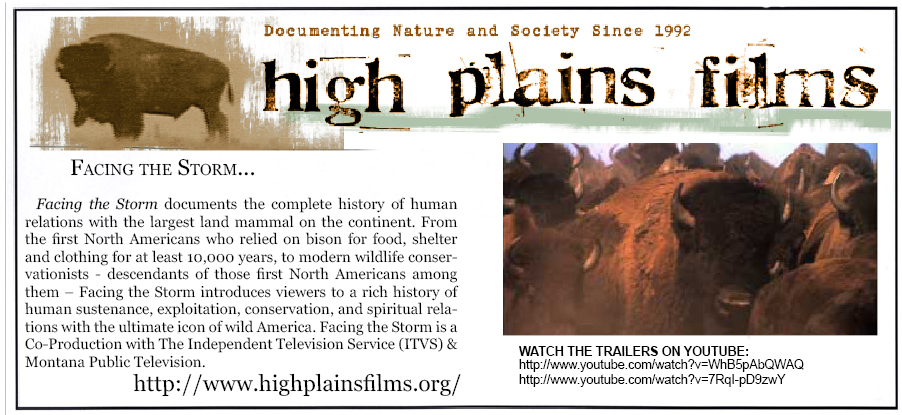Jack W. Holley was born on May 7, 1872 in Crawford County, Arkansas. He served in the Spanish-American War, World War I, and spent many years at sea as a Merchant Marine and fisherman. He reportedly sailed around the world at least three times (and was shipwrecked at least once each time.) He studied philosophy in India and from this shaped his view of life. He was also respectful of the Aztec civilization. His rather austere existence in Moab was often likened to the spiritual sojourn of great Eastern philosophers. (Although other moab residents said he was a typical hermit—no different from the “mule and miner” prospectors who lived in the hills—someone who wore old clothes to encourage hand-outs and hoarded what few belongings he had.)
Holley’s world travels were also accompanied with several bouts of malaria, which left him in poor health and dependent on his brother as a means of support. He and his brother came to Moab in the early 1930s in search of a mining prospect. When his brother died, Holley was left “stranded” in Moab. At first he lived in a mud and thatch dugout by the river northwest of Moab. Later, when the new highway river bridge was built, he acquired the shed that was used by the construction workers. He lived in the shed by the river with two goats and five dogs until a fatal fire (in the early 60s?) which was probably started by a cigarette. A local who cleaned out the shack after Mr. Holley died claims that it was full of food “commodities” and new clothing, which locals had passed on to him through the years. Several coins were also found, which supported the theory that Mr. Holley was a coin collector—and also fueled the legend that Mr. Holley was actually very wealthy and had hidden a fortune in coin near his shack by the river.
Holley acquired the name of “The Goat Man” because of the goats with whom he shared his bed, and because of his reported reliance on goat’s milk as one of his principle forms of nourishment. One of his goats, named Nanny, was referred to as “my housekeeper.” Holley’s five shepherd dogs were also constant companions and probably consumed much of the food that members of the local community shared with him.
Everyone agrees that “The Goat Man” was humble, friendly, literate, and at peace with the world–”different from most.” Once a month he walked to town (goats and shepherds at his side) for the mysterious pension check which came “from the East.” He was full of stories and philosophy, and, more than 30 years after his death, he is still one of Moab’s legends. The cache of gold has never been found, but his old shack still stands on a local farm where it was moved after his death—and local papers still find pictures of him and ask–”What do you know about The Goat Man?”
Sources: Pete Byrd, Elaine Peterson, Duane Wimmer, Ted Tibbetts, Essie White, Melba Balley (via article in Tribune, unknown date.)
To read the PDF version of this article, click here.
Don’t forget the Zephyr ads! All links are hot!







Interesting story Jim. We moved to Moab in 1955 and when I read your story about the Goatman I remembered him. As I was pretty young at the time I do not recall much more than having seen him a time or two. There was another character that lived further up the valley. His name was Theodore (Ted) Slaney and was a former Luftwaffe fighter pilot in WWII. He lived in a shack contstructed from old car tires. He had a daughter by the name of Angela. I remember that one day when I worked for Tex McClatchy on the original riverboat jet cruises I had taken Angela along and at the turnaround point downriver I almost drowned trying to swim back across the river.